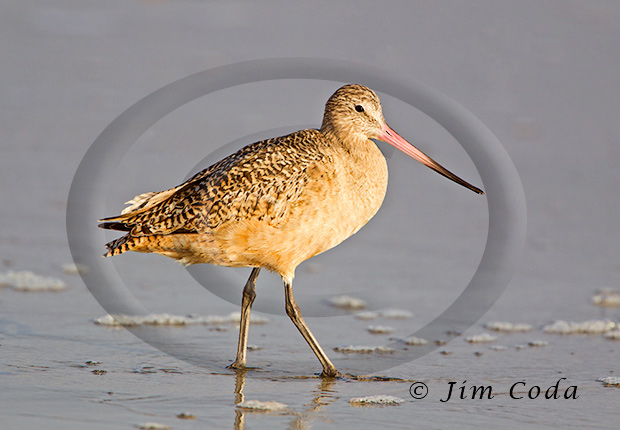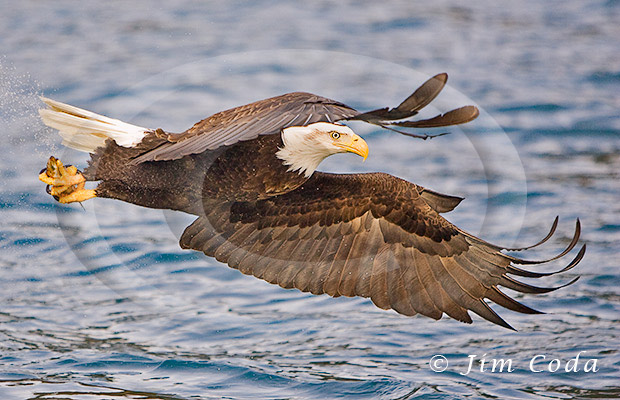Bull Elk, Point Reyes National Seashore

This photo was taken on February 22 near Pierce Point Ranch. The bull is sporting a pretty impressive 7-point rack. He won’t have those big antlers for long though. I saw one of the Limantour herd bulls with only one antler that day. It looks like antler-dropping season has begun. Last year I posted a photo of a bull on February 15 whose antlers were gone and new antler growth was already quite visible. To see that post click here.
Collecting antlers is illegal. That doesn’t stop people though. Antlers sold on the black market are worth a fair amount of money. The Park Service goes out and tries to keep ahead of the collectors. You may wonder what the Park Service does with the antlers. The answer is that it grinds them up and puts them back in the areas where they found them because they are an important source of calcium and other minerals for rodents and other wildlife. For a photo of an elk with a deer antler in its mouth click here.
It’s too bad people won’t just leave them where they’ve fallen, but they won’t. As long as people want animal parts (tusks, horns, paws, teeth, gall bladders etc.), and are willing to pay for them, there will be people who will hunt for those parts even if it means killing the animals (which it usually does). Unfortunately, this is the way it’s always been.
Sanderling, Point Reyes National Seashore

I’ve recently begun photographing shorebirds at Point Reyes. I’ve looked for them twice at Drakes Beach and found sanderlings and marbled godwits there. Identifying some of them, such as the various sandpipers, is proving difficult. Also difficult is identifying what they eat. I’m not sure what this one has caught. My first guess was that it had a sand flea. However, a quick search taught me that it might be a mole crab. Of course, it could be neither of those. I’ll have to get better informed as I photograph more shorebirds.
Marbled Godwit, Point Reyes National Seashore

This photo was taken last Saturday at 5:10PM, which was 35 minutes before sunset. As with the bluebird photo of a few days ago, there was a strong color cast caused by the low sun. This time I left the color correction for middle gray, but disabled the color correction for black/white. That’s the opposite of what I did with the bluebird. If I had left the correction for black/white the water would have been very blue. The color correction for middle gray was small and this looked slightly better to me.
Western Bluebird at Sunset, Point Reyes National Seashore

If I like a photo enough to print or post on the web one of the first things I do to get it ready for use is a color correction step to identify any color casts. Actually, I do two steps. The first step neutralizes color casts in the blacks and whites and the second does that in the middle grays. Photos taken during normal daylight hours don’t normally have much of a color cast. However, there is usually some color cast and I almost always remove it. Of course, the time around sunrise and sunset is another story. I still do the color correction steps, but rarely remove the color cast caused by the sun being low in the horizon. To get that color cast is why we get out there so early and stay out there so late. This bluebird was photographed as the sun was disappearing below the horizon. I have not removed the color cast in the above image.
I thought it would be interesting to show what this photo looks like after neutralizing the color cast caused by the setting sun. Here’s the same photo as above, but with the color cast completely removed. The photo now looks “more normal” because we usually see bluebirds in normal daylight.

There is a third photo below. It looks more like the first photo, but it isn’t the exact same image. After I did the color correction steps described above I toggled the black and white correction and the middle gray correction on and off and found that I preferred the look of the image with black and white color corrected, but with middle gray not corrected. Note how the white breast compares in all three photos. Obviously, correcting for middle gray had the most effect. Personally, I think I prefer the third image.

Bobcat, Point Reyes National Seashore
Western Meadowlark, Point Reyes National Seashore

I see a lot of meadowlarks at the Seashore, but they are as skittish as bluebirds. I can never get a lens on one. I finally succeeded.
I haven’t been out there in a while. With the recent rains and short days wildlife sightings should be very good now.


